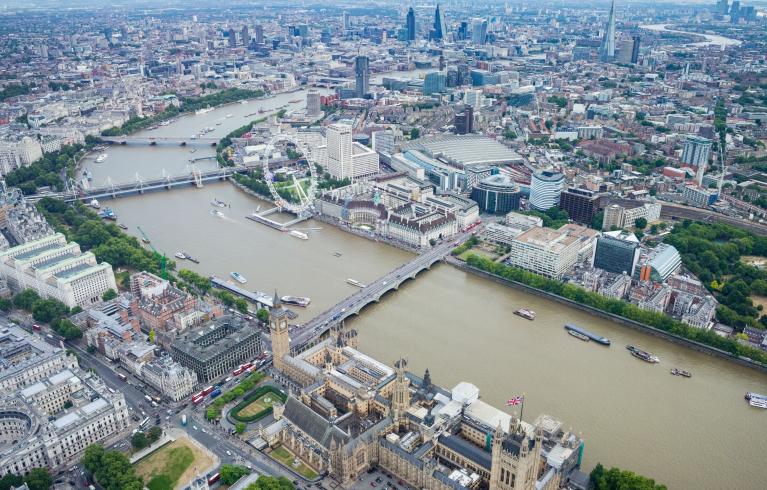
Key information
Publication type: Current investigation
Publication date:
Contents
There are a number of different services for people and vehicles to cross and travel on the river Thames in London. These include:
- River buses (run by Thames Clippers);
- River tours (including sightseeing and dining cruises); and
- Woolwich Ferry river crossing between Woolwich and North Woolwich, owned and operated by Transport for London (TfL).
The Transport Committee has previously held investigations on river buses in 2006, 2012 and 2018. Since the Transport Committee last looked at this topic, the Mayor published the Passenger Pier Strategy in 2019.
The Strategy supported the Port of London Authority’s previous target figure (set in 2016) of 20 million annual river users by 2035. However, the pandemic led to reduced passenger river journeys, and it is unclear whether the PLA and TfL maintain this target.
The Mayor’s Transport Strategy in 2018 set out an ambition to increase the proportion of freight moved on London’s waterways. Benefits of river-based freight include reducing congestion, reducing emissions and improving air quality. TfL’s Freight and servicing action plan in 2019 set out how TfL would work with stakeholders as part of the Thames and Waterways Forum, to promote the use of the river for light freight.
The Transport Committee investigation will examine:
- The current status of passenger river services in London, the recent expansion of river services by Thames Clippers (including Barking Riverside), and the future potential capacity of passenger river services;
- Progress made since TfL’s 2019 Passenger Pier Strategy, and TfL’s commitment to further investment in and expansion of river journeys; and
- How TfL is working with PLA, Thames Clippers and other stakeholders to promote and address the barriers to the use of water freight for last-mile deliveries and construction.